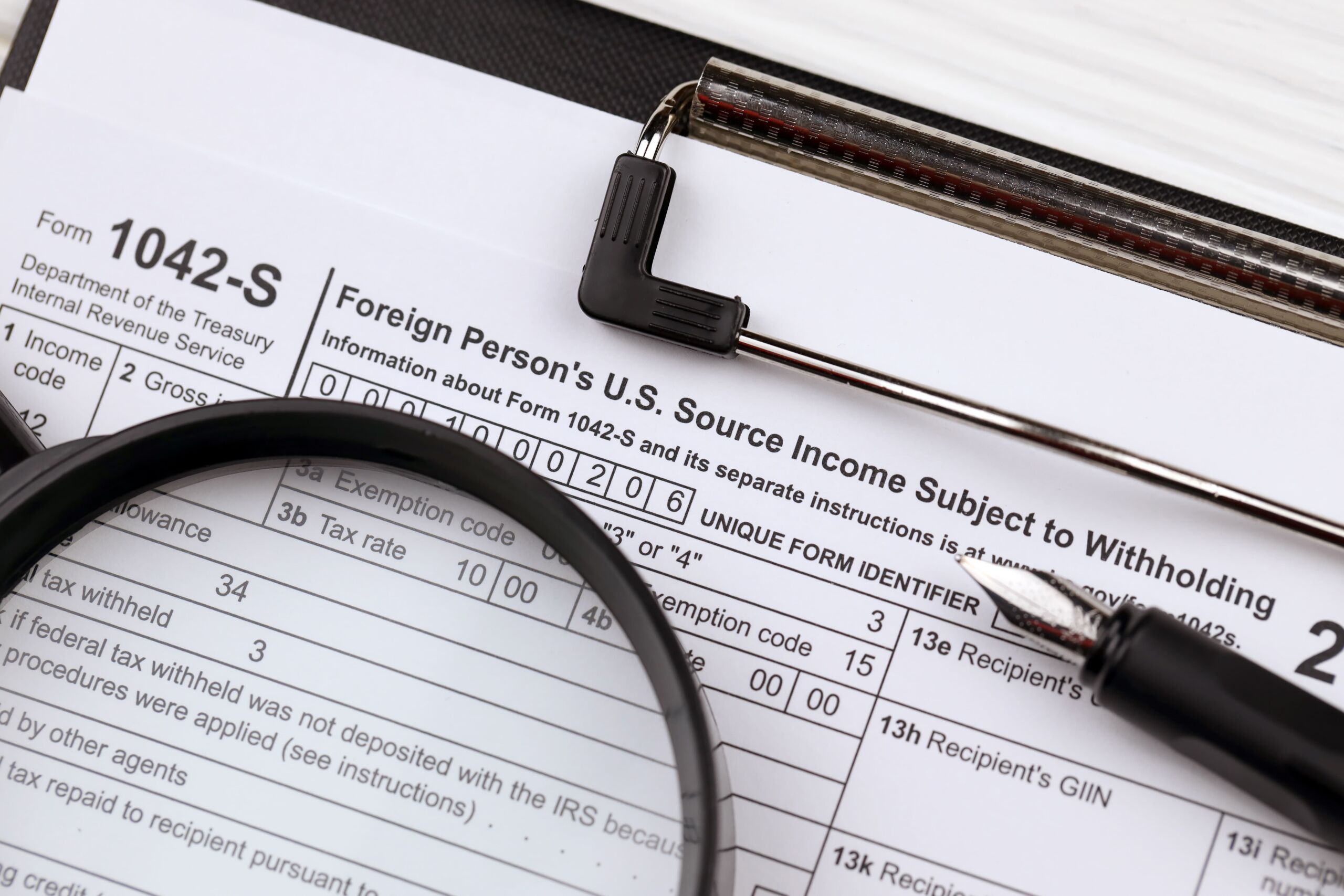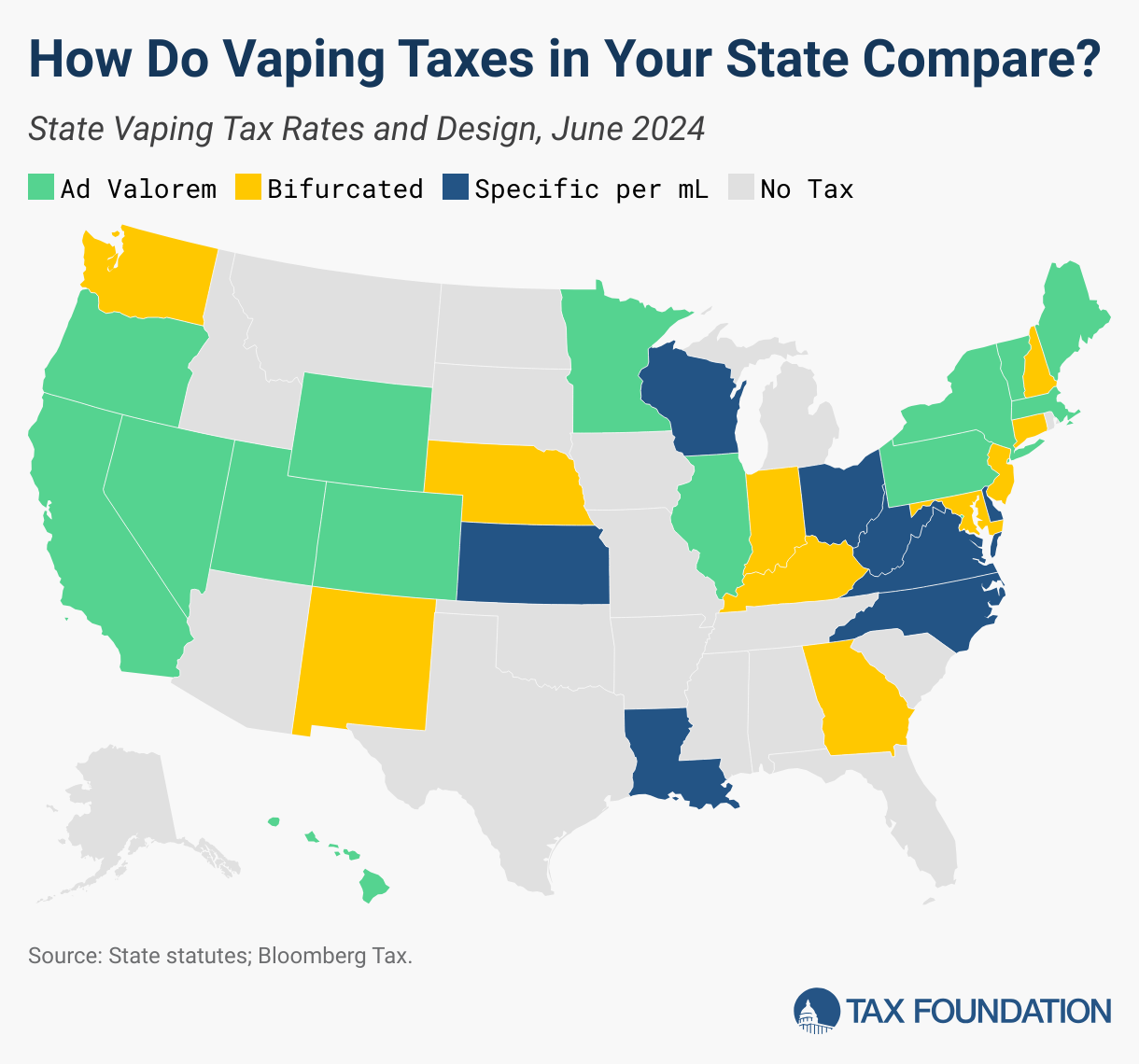Should Congress Repeal Retirement Savings Tax Subsidies To Shore Up Social Security?
The Social Security retirement program will be unable to pay full promised benefits in about 10 years. To address this, two highly-respected experts would slash tax subsidies for private retirement savings and use the money to shore up the public system.
Andrew Biggs, a former deputy administrator of the Social Security Administration and Alicia Munnell, who has been a top official at the White House, the US Treasury, and the Federal Reserve Bank of Boston, say the swap would have two major benefits.
Flaws Of Private Retirement Savings
First, it would use tax breaks that subsidize savings of mostly high-earners to preserve future Social Security payments. The public program is a critical source of income for low- and moderate-earners, who get only modest benefits from IRAs or employer-based retirement plans.
Second, the cash infusion would buy time for Congress to make needed structural changes to Social Security.
Biggs and Munnell note that in 2020, the tax benefits for IRAs, employer-based defined contribution plans such as 401(k)s, and defined benefit pensions reduced federal revenue by $186 billion and payroll tax revenue by an additional $68 billion.
TPC estimates that in 2020, nearly 60 percent of those benefits went to households making at least $167,000 annually and one-third went to households making $245,000 or more.
That foregone tax revenue does little to increase national saving. The authors figure 65 to 70 cents of each dollar of tax-advantaged retirement savings would have been saved anyway—in taxable accounts. Thus, that $185 billion in lost tax revenue generated only about $310 billion in new private savings.
Similarly, Biggs and Munnell calculate that despite these tax incentives, participation in employer-based plans has barely changed since 1989, hovering at around 50 percent.
Shifting Assets
Thus, they say Congress should repeal the tax subsidies for retirement savings, either completely or partially, and shift the new revenue to Social Security.
Their idea is provocative but it also has significant weaknesses.
It would end an incentive for employers to sponsor retirement plans, a major source of savings for many workers. While most benefits of these plans do go to higher-income workers, their lower-paid colleagues still save money they otherwise may not. Auto-enrollment may not encourage workers to save enough, but it does help them save more than if 401(k)-type plans did not exist.
It also would change how retirement savings are invested. IRA and 401(k) assets, especially those held by high-income people, generally are invested in a mix of stocks and bonds, a prudent long-term strategy. Social Security assets, by contrast, sit entirely in US Treasury bonds.
A Reverse Bush
In 2005, President George W. Bush proposed allowing workers to voluntarily invest a share of their Social Security payroll taxes in a balanced portfolio of stocks and bonds. The idea died after Democrats labeled it “privatizing Social Security.” Biggs and Munnell would do the opposite by shifting much retirement savings from stocks and bonds to bonds only.
What would happen to the new tax dollars?
Remember, today Social Security benefits are paid with income from payroll taxes, plus interest on those bonds. When that income exceeds benefit payments, Social Security payroll taxes effectively help fund other operations of the federal government. When benefits exceed that income, the government either must use general tax revenues (or borrow more) to help pay benefits, or the benefits will have to be reduced. Neither is desirable but that’s what will happen in about a decade.
Biggs and Munnell would increase federal general fund revenues by repealing the tax subsidy. But using the new revenue from this hard-won tax increase to shore up Social Security means it would be unavailable to reduce the deficit—another way to increase national savings.
Busting A Myth
It also would alter Social Security’s social insurance design. Since the program was created nine decades ago, the public perception of Social Security has been that workers contribute through the payroll tax and, in return, receive benefits as a return on those contributions.
In reality, benefits of the old largely are paid by taxes of the young. But the program’s founding myth has protected the program from political whims. Explicitly using general tax revenues to fund Social Security would make it look more like any other government spending program. And what Congress gives, it could take away.
Depending on your perspective, that may not be bad. But it would be a profound change.
Buying Time
Finally, the plan would give Congress time to develop a more permanent solution to Social Security’s funding problem. But given more time, Congress inevitably will take it all. And we will be in exactly the same mess as today, just a few more years down the road, when both the federal deficit and the number of retirees will be even larger.
Fixing Social Security will take out-of-the-box thinking. And Munnell and Biggs deserve credit for designing a plan that would be more progressive than, say, raising payroll taxes. It is worth considering, but it raises some important concerns.






